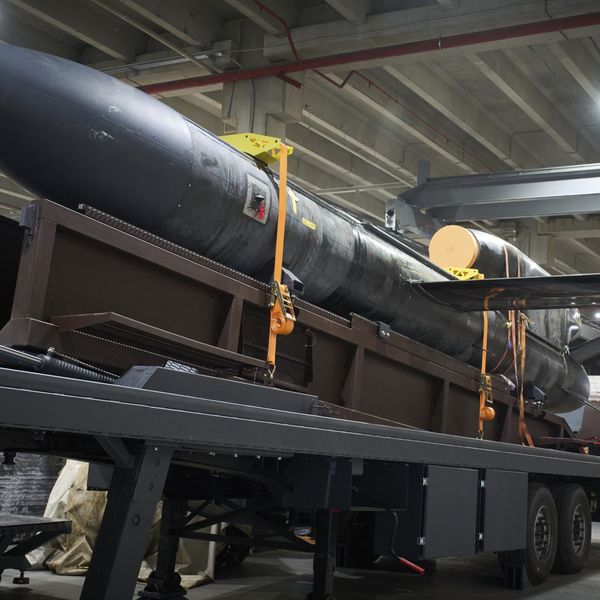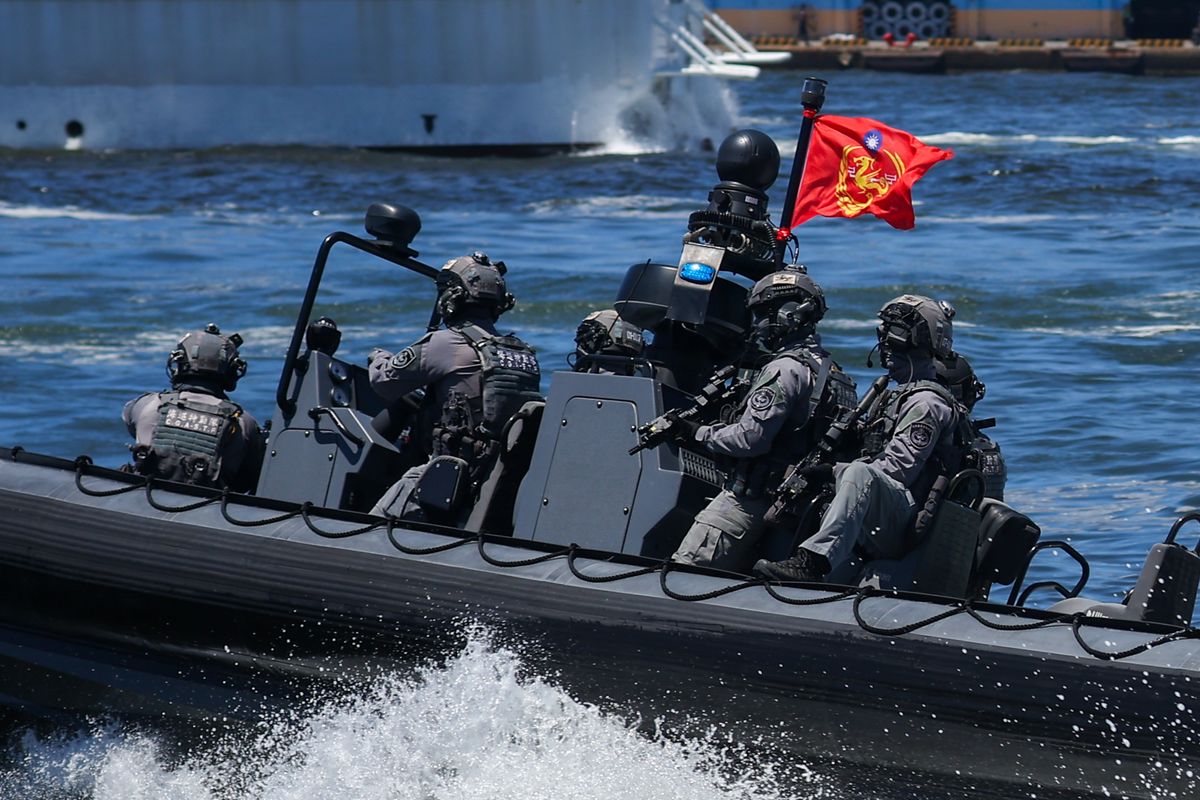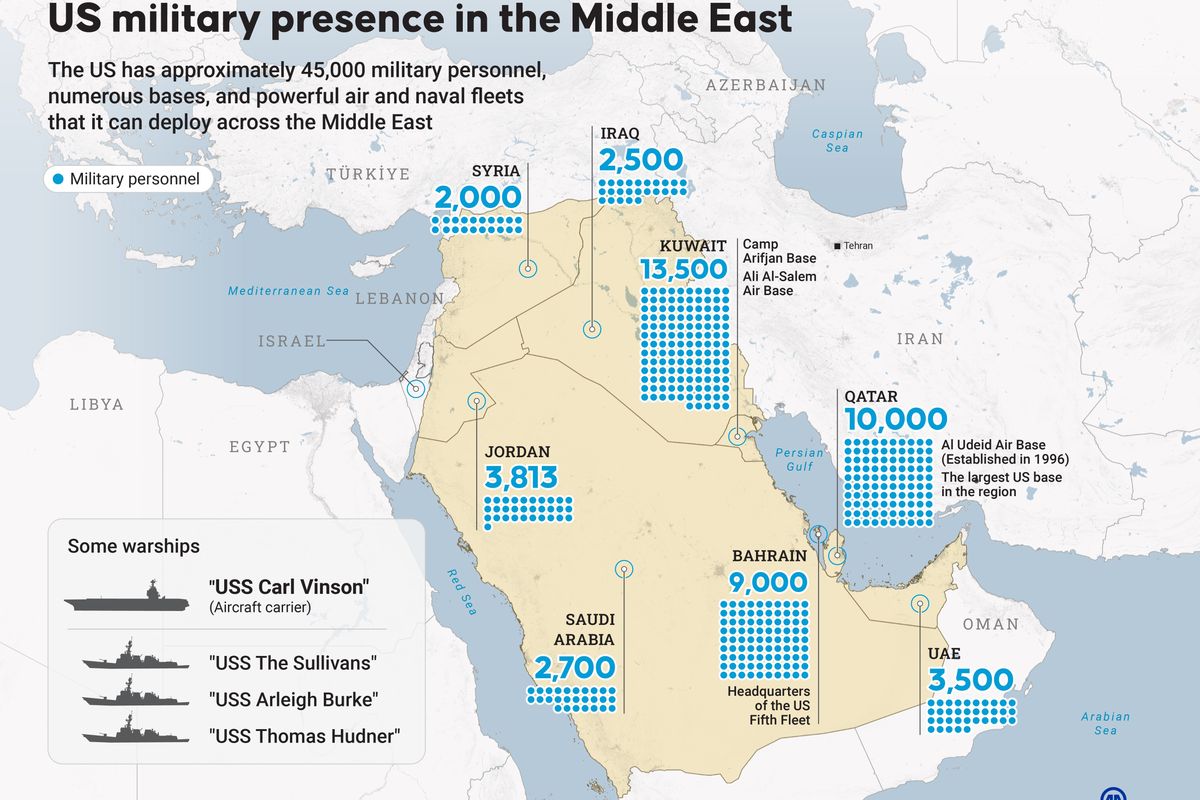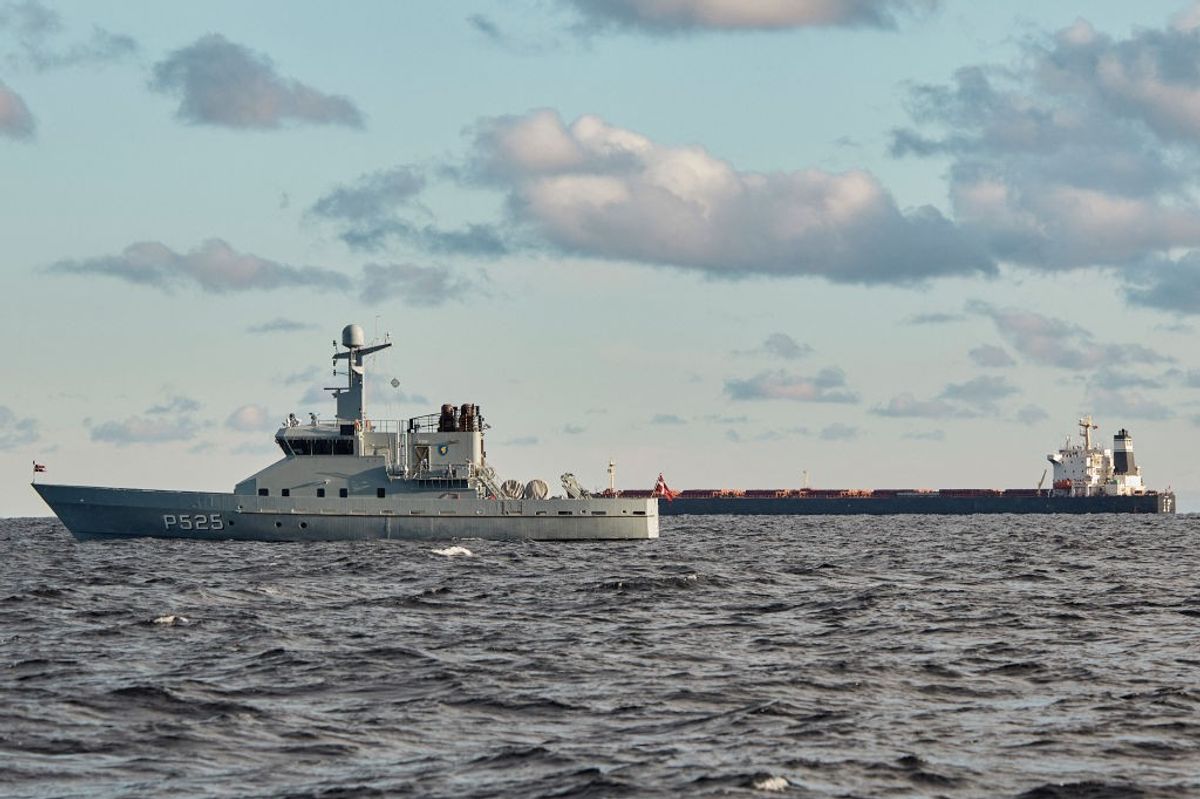OPINION - “In the Army we’ve gone through some good, decent transformation in recent years, with some game-changing systems coming online as a result - like precision strike missiles, mid-range capabilities, integrated air and missile defense, integrated battle command systems, next-generation squad weapons, and armored multi-purpose vehicles. We are in the process of getting these systems into the hands of soldiers right now.”
That was Army Chief of Staff Gen. Randy A. George speaking last Thursday at the McAleese & Associates annual defense forum, where he laid out in detail not only remarkable changes going on within his service, but new elements being introduced throughout the military, many of them based on experiences from Ukraine, Gaza and the Red Sea.
“In the Red Sea,” George said, “unmanned systems of all sizes are having an impact and at a cheap price. And we know from what’s going on in Ukraine, every month, unmanned systems will get quieter, faster, harder to target, you name it. It is a cat-and-mouse game of development and counter-development and it is moving extremely fast.”
As a result, George said, “Every unit in the Army in the future is going to be augmented by unmanned systems, air and ground, and every unit is going to have to master the electronic warfare fight.”
The Army is currently holding what it calls Project Convergence–Capstone 4, a month-long exercise with some of these weapons and concepts, at the Army’s National Training Center at Fort Irwin and the Marines’ Camp Pendleton, both in California. The Capstone 4 exercises are focused on joint and multi-national integration of offensive and defensive weapons as well as layered air and missile defense systems. Some 4,000 U.S. personnel from all four services are involved, along with representatives from the militaries of the United Kingdom, Australia, Canada, New Zealand, France, and Japan.
A changed battlefield
At last week’s defense forum, Gen. George described several major changes that have taken place as the battlefield threat increasingly comes from major powers, such as Russia and China, rather than terrorist groups, although the latter still exist.
“First,” he said, “there is no place to hide – everything and everyone can be seen whether by satellite, a phone, or the Internet of things. And what can be seen can be killed.” He also said that because of the Internet, information moves faster and that gives a tactical edge to the side with the fastest and best information.
George also stressed that “people are gravitating toward urban centers and so is conflict...I think combat today and in the future will take place in cities.” At the same time, he said he sees the battlefield shifting to other theaters entirely. “The enemy can reach around the globe [using] space and cyber space,” he said.
That, he added, means that “we must be able to protect our assets and national interests against the reach of our enemy’s long-range fires and their unmanned systems.”
Subscriber+Members have a higher level of access to Cipher Brief Expert Perspectives and get exclusive access to The Dead Drop, the best national security gossip publication, if we do say so ourselves. Find out what you’re missing. Upgrade your access to Subscriber+ now.
He also stated that the Army’s major role on the ground remains important: “We’ve got to be able to seize and hold ground for the joint team…Wars almost always comes down to close fights in the streets, and we cannot expect a win without coming into close contact on land.”
Discussing how the Army now needs “to change how we organize, how we operate and how we equip,” George said he had begun a program to have units get rid of excess equipment.
“Our leaders should have what they need to fight, not be encumbered by things they don’t,” he said, adding that two Army divisions have gone through this rapid removal of excess and turned in 49,000 pieces of equipment.
Army growth, he said, will be in air defense, long-range weapons and counter UAS (unmanned air systems). New prototype formation units will be developed to shift from the approach during the war on terror to large-scale combat, through what George called “transforming in contact,” by giving units “cutting edge tech.”
Army Times reported last month that in an exercise at the Joint Readiness Training Center at Fort Johnson, Louisiana, 1,000 soldiers of the 2nd Brigade Combat Team of the 101st Airborne Division worked with simulated electromagnetic warfare attacks that they had to counter, in addition to their standard unit training.
A new world of Army communications
Communications is another area facing major change. George said that for decades the Army has operated as its own telecom system, bringing its own satellites, towers and ground-based buildings to the battlefield. “Today, that setup will get us killed," George said. "It’s a giant bullseye and because of the electromagnetic signature, hit or miss."
“The modern battlefield is pretty signal-receptive,” he added. “Cell towers and Internet providers and space is filled with satellite constellations. There is no reason to reinvent the wheel. We can just plug in…Leaders will get access to data on small computers, commercial devices like phones and tablets and sensitive but unclassified software. They will be able to move around the battlefield and blend in to the normal digital noise of the environment.”
George said that “the tech is available to do this now.”
At the Capstone 4 exercises, the Army experimented with transmitting data on a whole new level. One concept tested involved putting radios on high-altitude drones, to extend the range of its network to allow greater connectivity of forces that might be widely dispersed on the battlefield.
One drone system tested at Capstone 4 was the 42.5-pound, K1000ULE from Krau Hamdani Aerospace, which is solar-powered and can fly at 18,000 feet for extended periods; it has already completed a 75-hour, 53-minute, non-stop flight. DefenseScoop reported “officials noted that with the K1000ULE flying at that height, the entire National Training Center — which is roughly the size of Rhode Island — can be covered...this capability could save soldiers’ lives because it reduces the need for troops to move to vulnerable positions to extend the network.”
Lt. Col. Ricky Jones, of the Army’s Joint Modernization Command, said Capstone 4 is looking at small unmanned aircraft systems, robotics, artificial intelligence, and joint and multi-national integrated capabilities.
"We're going to learn how robotic formations not just work alongside manned formations,” Jones said, “but how those formations integrate and can execute complex and risky tasks such as a breach, a crossing, or a movement to contact against an enemy defensive position…how our formations can talk to each other, share data, and collaborate."
It's not just for the President anymore. Cipher Brief Subscriber+Members have access to their own Open Source Daily Brief, keeping you up to date on global events impacting national security. It pays to be a Subscriber+Member.
As for layered defense, which involves using different sensors and weapons against targets, Capstone 4 is using elements from different services – including a Marine Corps F-35 fighter aircraft for sensors and an Air Force ground unit as battle management for translating data so that the target can be shot down by an Army ground-based missile.
Army Vice Chief of Staff Gen. James Mingus visited the Capstone 4 exercises and participated in a session in which U.S. and multi-national officers discussed methods to counter cruise and ballistic missiles, enhancing fire integration and Multi-Domain Task Forces — the Army's newest theater-level units designed to operate across land, air, sea, space and cyberspace and equipped with growing capabilities, including long-range precision weapons.
"We don't know in the future what service is actually going to find the target,” Mingus said. “Who is going to then figure out, is that something we want to target? And then, who's going to kill it? And in the future battlefield, the Air Force may find something, the Navy may do the targeting solution, and then, the Army may be the ones that actually deliver the munitions.”
Read more expert-driven national security insights, perspective and analysis in The Cipher Brief













